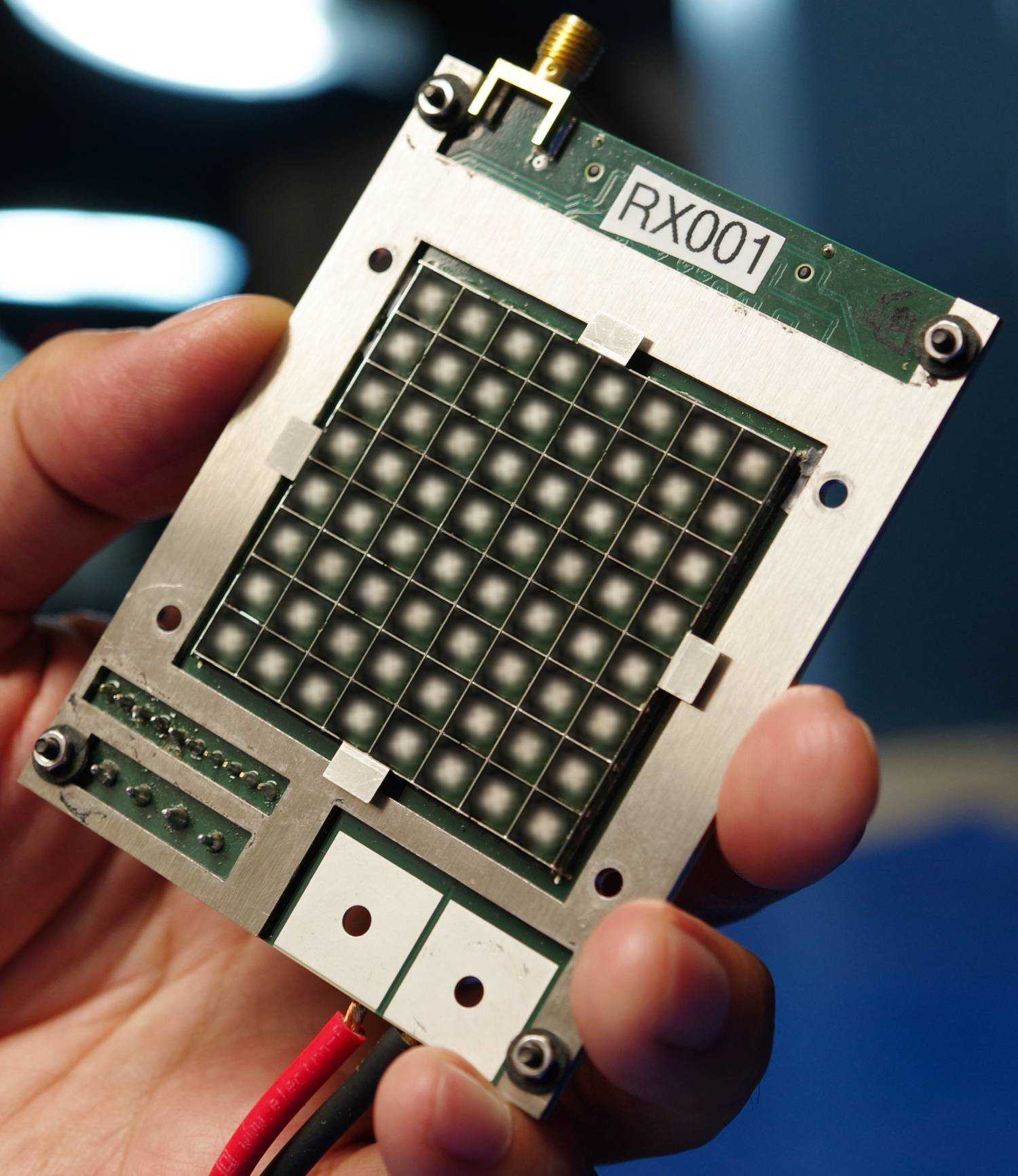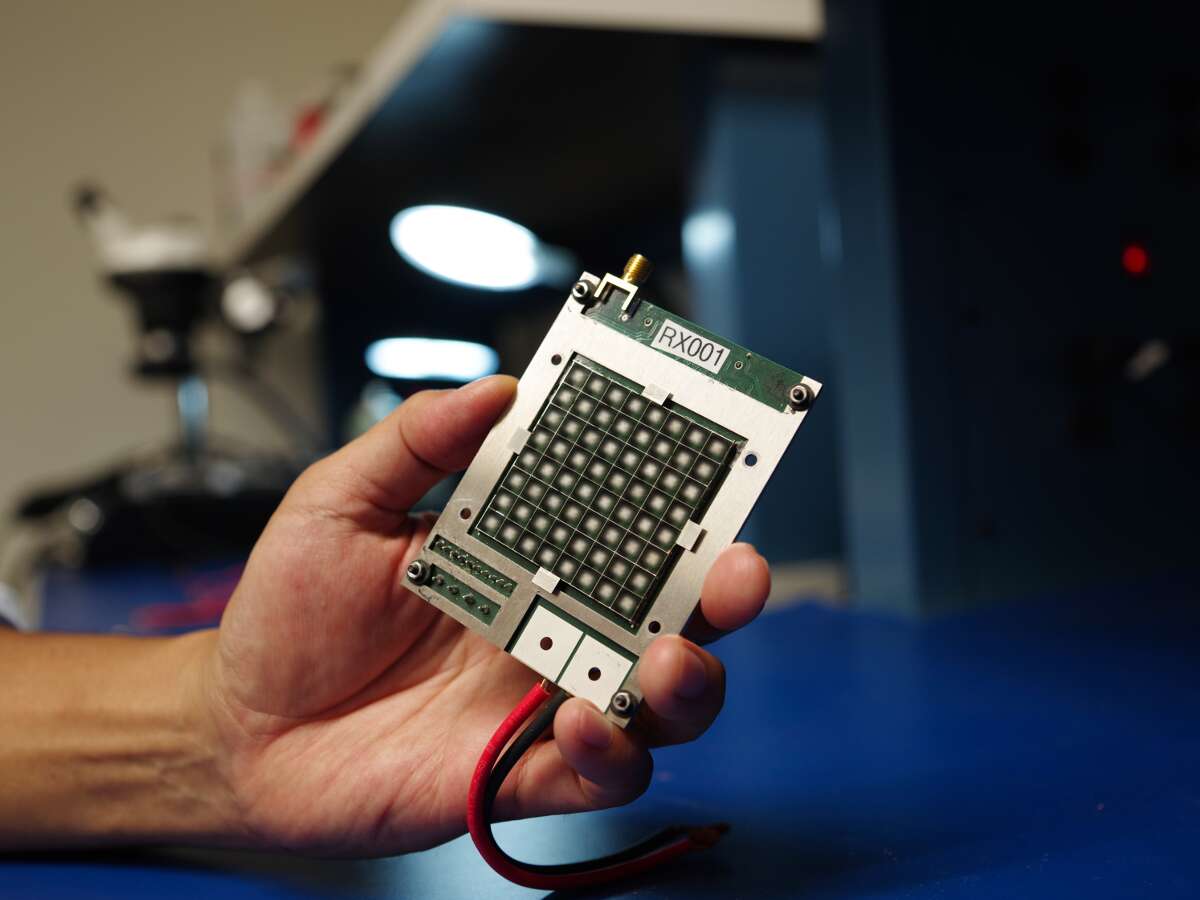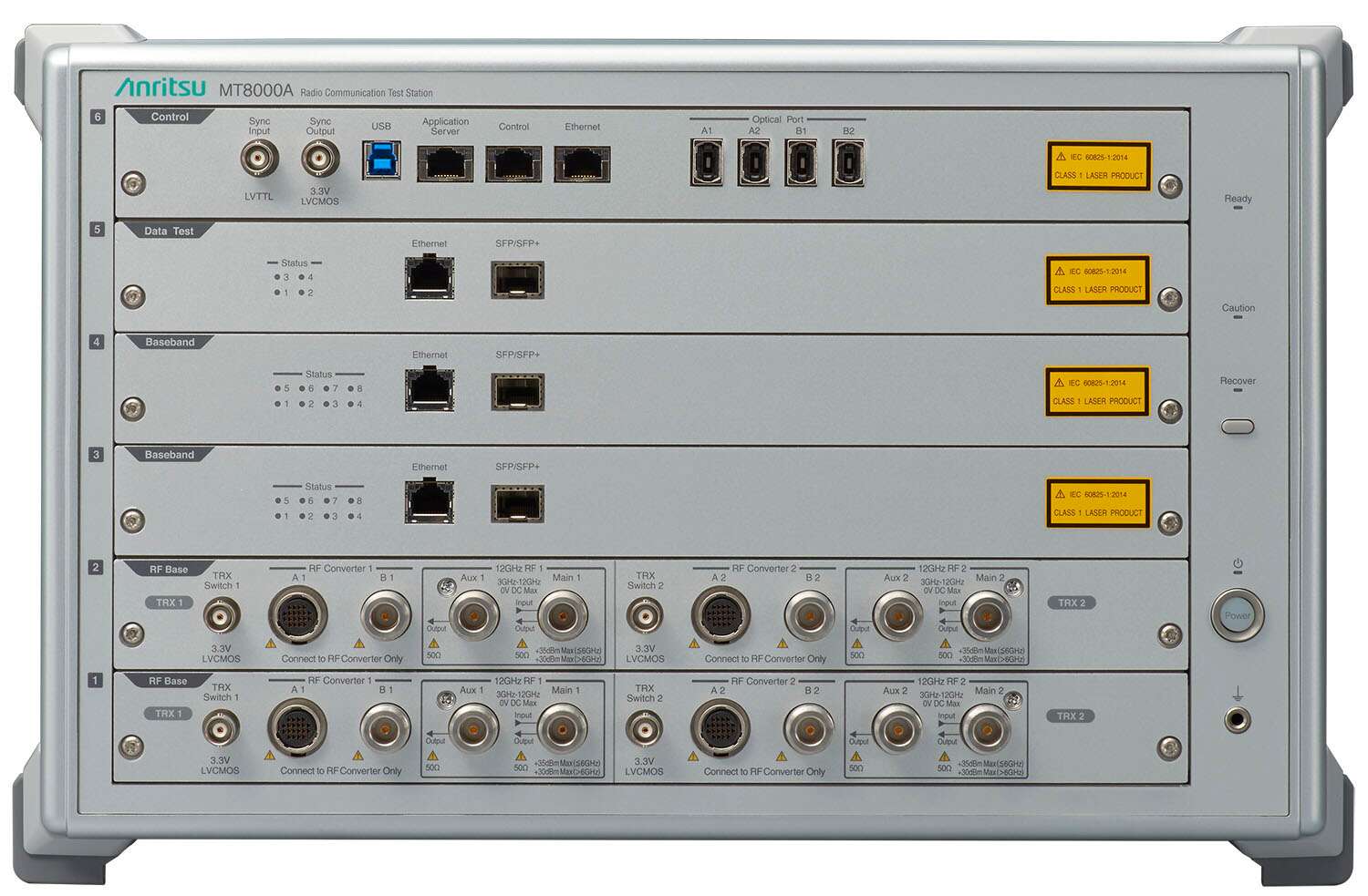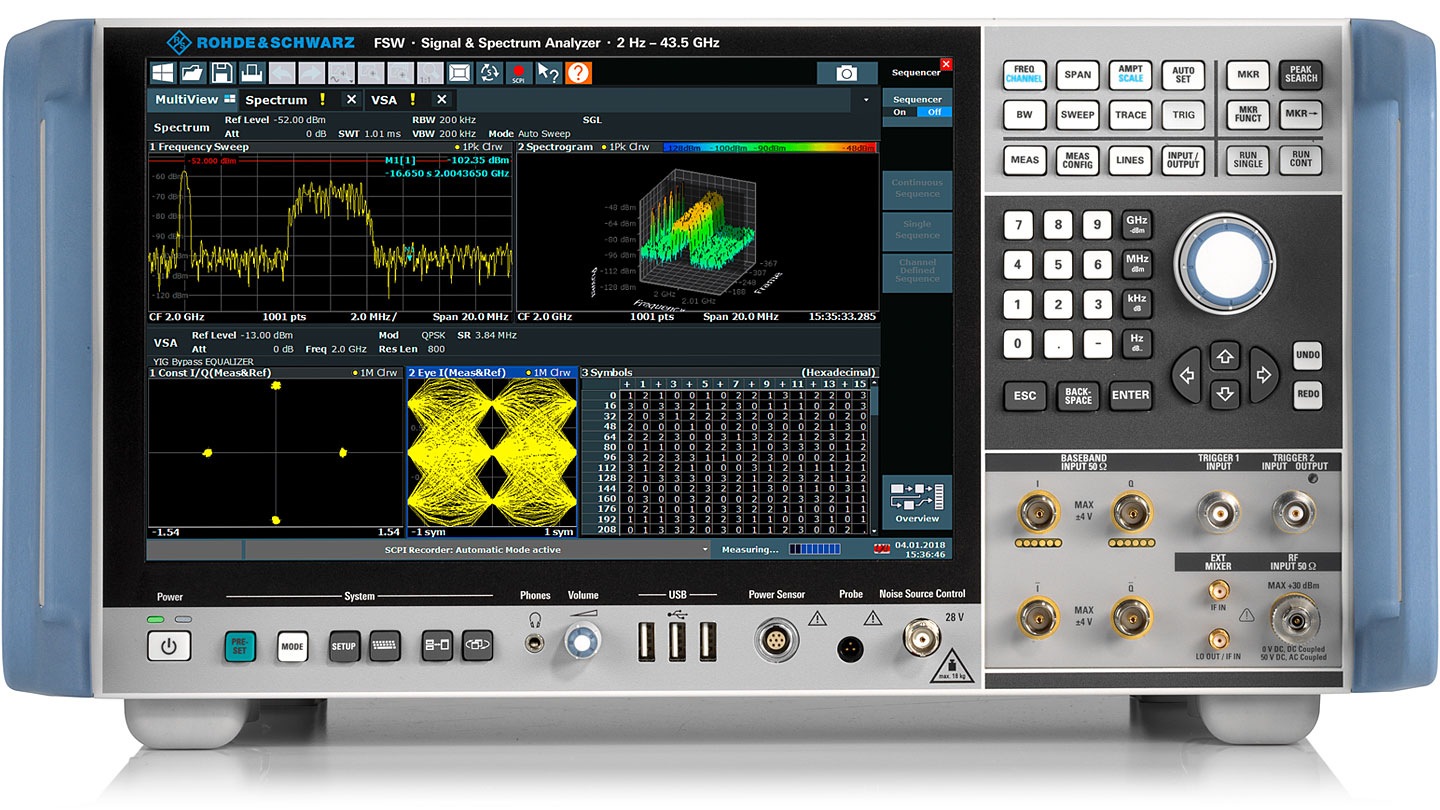Tests Show 5G Progression
Article By : Martin Rowe

Taiwan-based MediaTek this week made two announcements with test-equipment companies: Anritsu and Rohde & Schwarz.
Industry events tend to generate a great deal of announcements. Some of that is merely fluff, with companies announcing what they will be exhibiting, even if they have no new products. With Mobile World Congress opening today, announcements have been flowing in last week. As usual, some simply announce what a company will have in the exhibit hall, but some are noteworthy.

California-based startup Movandi has developed a millimeter wave (mmWave) RF front end based on a CMOS process that combinea analog and digital beamforming with antennas for base stations, small cells, and customer premises equipment (CPE). The company calls its technology BeamX. Movandi announced this week that it's working with NXP Semiconductors on what it calls "solutions for 5G networks," but did not specify what those "solutions" will be. According to a press release, "the partnership will combine NXP’s digital networking and signal processing leadership with Movandi’s innovative RF transceiver and systems architecture to deliver high-performance 5G solutions and the wireless communications infrastructure for applications such as smart homes, self-driving cars and future mobile cloud-based services."
For Movandi to bring BeamX to market, those mmWave products will need testing. While the company has been working with Keysight technologies since at least 2017, it announced this week that it has selected LitePoint's IQgig5G mmWave test system for over-the-air testing.
Taiwan-based MediaTek this week made two announcements with test-equipment companies: Anritsu and Rohde & Schwarz. MediaTek announced it's using Anritsu's MT8000A Radio Communication Test Station (shown at right) to test its Helio M70 5G modem. The modem, according to a press release, "is the only 5G modem with both LTE and 5G dual connectivity (EN-DC), supporting every cellular generation from 2G to 5G. Designed for 3GPP Release 15 compliance and supporting initial non-standalone (NSA) and future standalone (SA) 5G network architectures." The MediaTek modem operates in what's called the FR1 (sub-6 GHz) band, as opposed to operating at mmWave frequencies, starting at 24 GHz.
MediaTek's modems are also being integrated into 5G front ends. The company announced that it's performing those tests with equipment from Rohde & Schwarz. MediaTek is testing the its Helio M70 5G modem as well as its integrated 5G front-end modules and antenna arrays with over-the-air (OTA) tests. Because RF front-end-modules and antennas come as an integrated package, wired RF tests are impossible, leading to OTA testing. MediaTek will be using the TS8980R&D-M1 test system, which, according to a press release, consists of ATS1800C CATR (compact antenna test range) chamber, an SMW200A vector signal generator, FSW50signal and spectrum analyzer (see photo), and ZVA40, a 40 GHz vector network analyzer. (As of press time, the ATS1800C does not appear on the R&S web site.)
The two MediaTek announcements seem to support MediaTek using its M70 in an integrated 5G RF front end. “We’re not certain how widely it (M70) will be made available commercially … we’re looking at going directly to an integrated SoC product rather than a standalone modem and focus on sub-6 GHz, aiming for customer products launching in late 2019 or early 2020,” said Russ Mestechkin, senior director of sales and business development at Mediatek, as EE Times reported in December 2018.
Subscribe to Newsletter
Test Qr code text s ss




